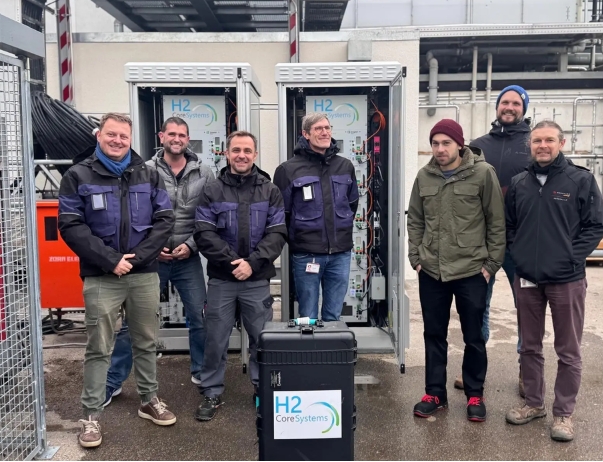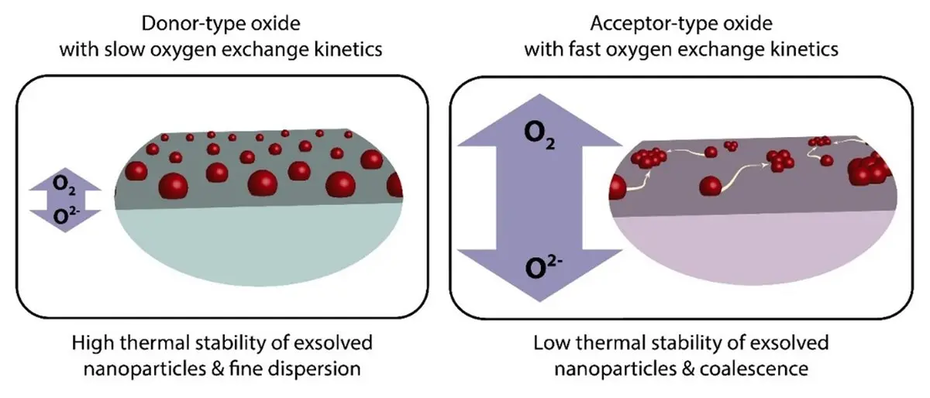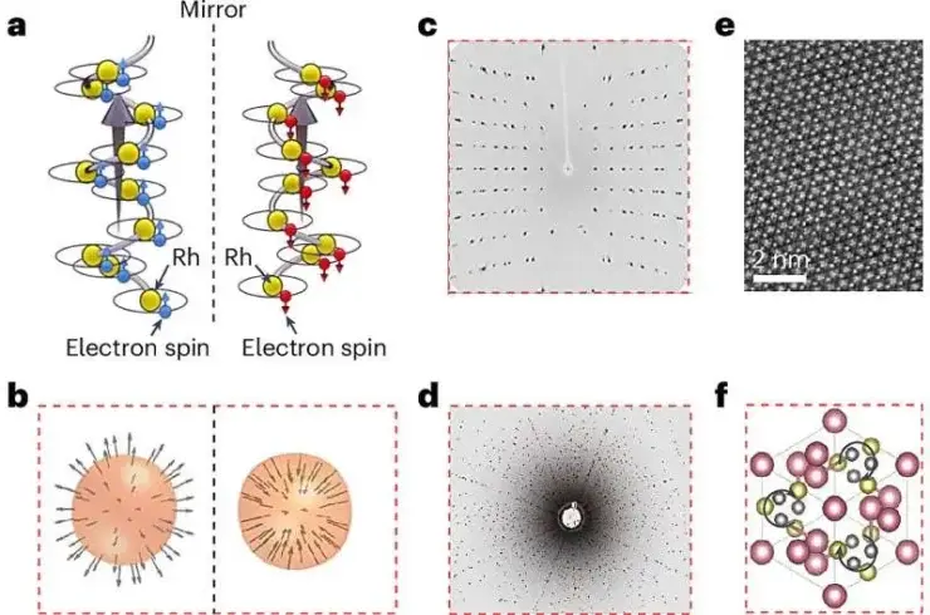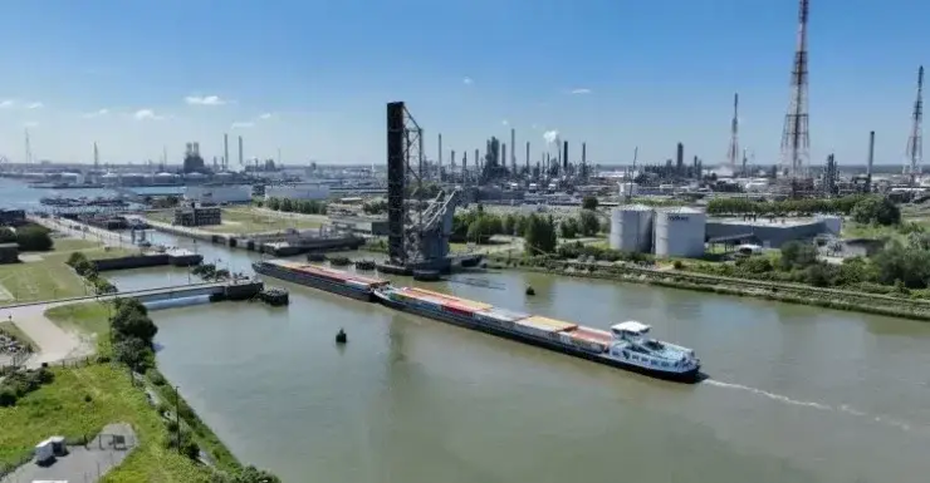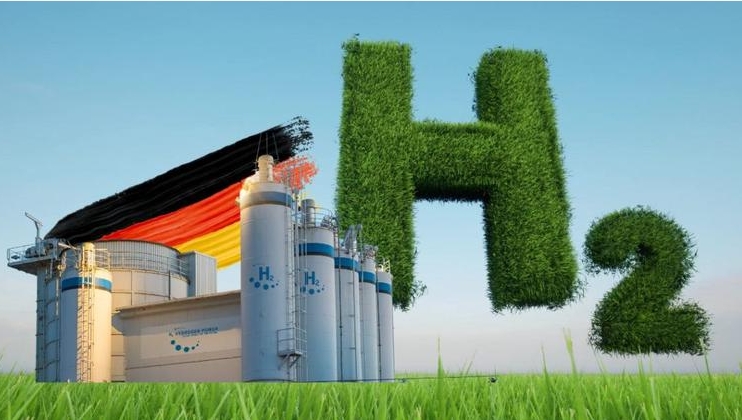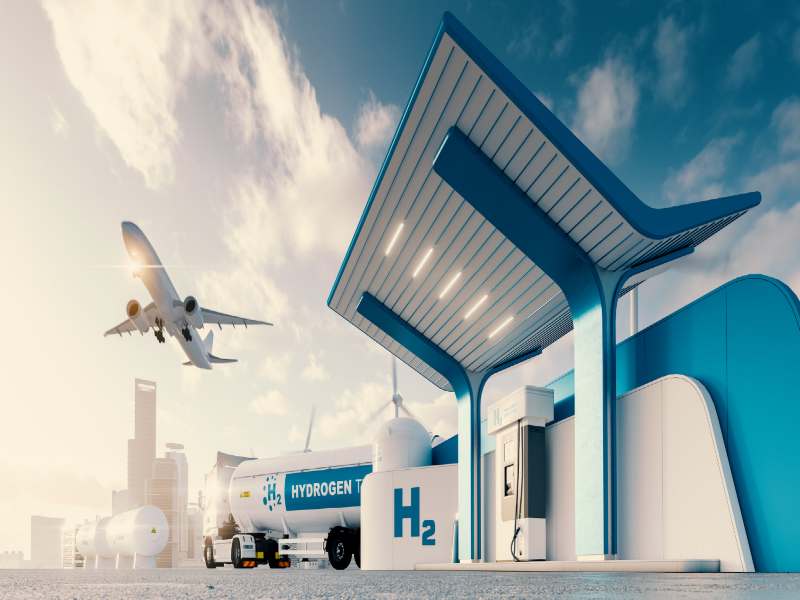
Image credit: 123rf.com
The International Renewable Energy Agency (IRENA) has signed a partnership agreement with industrial engineering firm thyssenkrupp aimed at advancing the green hydrogen value chain, focusing on demand, supply and infrastructure.
The agreement will see the organisations collaborate and share knowledge on the large-scale production and supply of green hydrogen and other green energy carriers and their transport.
According to thyssenkrupp, the partners aim to identify green hydrogen applications based on different industries and potential domestic hydrogen demand and develop the business case for green hydrogen as a major contributor to deep decarbonisation.
The agreement has been signed by director-general of IRENA Francesco La Camera and thyssenkrupp CEO Martina Merz in a virtual ceremony.
Francesco La Camera said in a statement: “Today’s agreement between IRENA and thyssenkrupp will significantly increase knowledge exchange and enable technological solutions to accelerate the production, delivery and use of green hydrogen.”
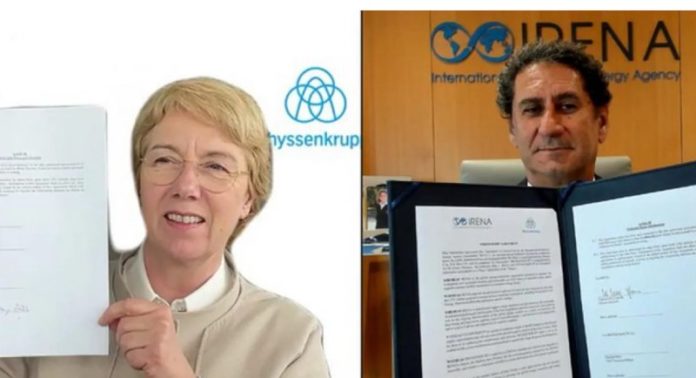
Digital signing ceremony. Martina Merz, CEO thyssenkrupp (left) and IRENA’s Director-General Francesco La Camera (right). Image courtesy IRENA
Martina Merz, CEO thyssenkrupp said: “Such partnerships are essential to make the green transformation a success. Because the green transformation is the greatest challenge of our time – more of a disruption than just a transformation. And the tasks can only succeed in a global alliance.”
The partners will also engage with and leverage a broad range of stakeholders within IRENA’s Collaborative Framework on Green Hydrogen, Coalition for Action and the Alliance for Industry Decarbonization.
Industrial decarbonisation in action
In an effort to decarbonise steel production, thyssenkrupp Steel has launched what is claimed to be one of the world’s largest industrial decarbonisation projects, which will avoid more than 3.5 million metric tonnes of CO2 per year in the future.
According to thyssenkrupp, in the direct reduction plant, oxygen is stripped from the iron ore with the use of hydrogen or natural gas – the latter on a transitional basis. This process allows coal to be excluded from the process, thereby offering the prospect of carbon-neutral steelmaking.
The reduced material is then melted in the melters to produce hot metal, which can be processed directly in the steel mills and the downstream units.
